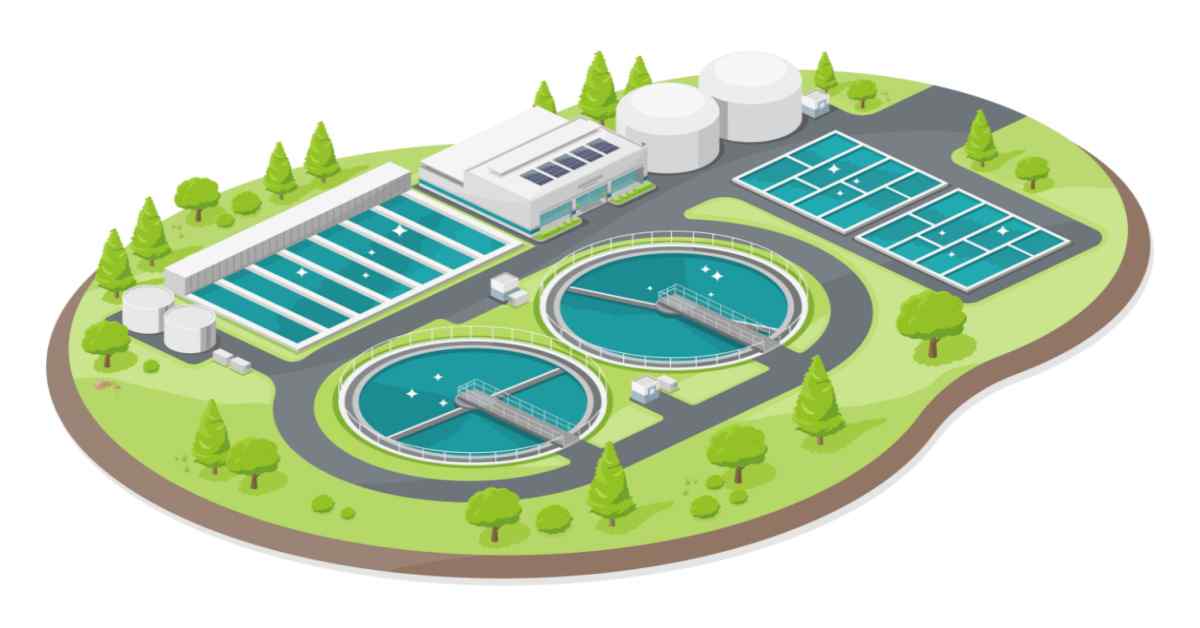Modern Methods for Efficient Wastewater Recycling
Modern Methods for Efficient Wastewater Recycling
Blog Article
Comprehending Wastewater Therapy Processes and Their Environmental Influence
The ins and outs of wastewater therapy processes play a critical role in mitigating environmental challenges linked with water air pollution. Each phase, from initial to sophisticated treatments, is developed to address specific impurities, inevitably guarding both public wellness and water environments.
Introduction of Wastewater Treatment
How is wastewater changed right into a safe source for the setting? Wastewater treatment is an important procedure created to eliminate contaminants from made use of water, consequently protecting public wellness and securing ecosystems. This procedure starts with the collection of wastewater from household, industrial, and commercial resources, which is then routed to treatment facilities.
At these facilities, different physical, chemical, and organic methods are utilized to deal with the wastewater. Subsequently, organic therapies, such as triggered sludge procedures, utilize bacteria to damage down organic matter.
The dealt with effluent can be securely discharged into natural water bodies or recycled for watering and industrial purposes, advertising source preservation. Additionally, the therapy procedure produces biosolids, which can be repurposed as plant foods or soil changes, better improving sustainability.
Phases of Therapy Procedures
The wastewater treatment procedure normally contains three main stages: initial, main, and second therapy. Each phase serves a distinct function in minimizing the toxin load and guaranteeing the effluent fulfills ecological requirements before discharge.

The key therapy phase concentrates on the physical separation of suspended solids from the wastewater. Via sedimentation, heavier particles settle at the bottom of sedimentation containers, creating sludge, while lighter products, such as oils and greases, float to the surface and are skimmed off. This procedure significantly reduces the organic and inorganic lots in the wastewater.
Additional therapy is a biological procedure aimed at further reducing the concentration of natural matter. This stage is vital for accomplishing the essential biochemical oxygen demand (BODY) decrease, ultimately leading to cleaner effluent ready for discharge or more therapy.

Advanced Therapy Technologies
Adhering to the second treatment procedures, progressed treatment innovations play an important role in further boosting the high quality of dealt with wastewater. These innovations are designed to eliminate recurring pollutants that are not successfully gotten rid of during key and additional therapies, guaranteeing the effluent fulfills stringent regulative criteria.
Among the extensively utilized sophisticated therapy methods are membrane filtering, reverse osmosis, and progressed oxidation procedures. Membrane filtering, including microfiltration and ultrafiltration, is effective in separating fine particles, virus, and colloids from the water (Wastewater). Reverse osmosis utilizes semi-permeable membrane layers to get rid of dissolved solids, leading to premium water ideal for various applications
Advanced oxidation processes (AOPs) employ strong oxidants to break down natural toxins, consisting of pharmaceuticals and individual treatment items that are immune to standard therapy. These approaches enhance the biodegradability of complex compounds, facilitating their elimination.
Another significant modern technology is making use of biological nutrient removal processes, which particularly target nitrogen and phosphorus, stopping eutrophication in getting water bodies. Generally, innovative treatment technologies are important for achieving higher levels of filtration, advertising water reuse, and guarding public wellness while attending to the challenges connected with wastewater management.
Environmental Advantages of Treatment
Numerous ecological advantages develop from efficient wastewater treatment processes that add to ecosystem health and sustainability. Largely, these procedures substantially decrease the release of harmful toxins right into natural water bodies, which aids maintain aquatic ecological communities. By getting rid of pollutants such as heavy steels, nutrients, and microorganisms, treated why not try these out wastewater minimizes the danger of waterborne diseases and promotes biodiversity in aquatic atmospheres.
Moreover, wastewater therapy facilities often utilize advanced modern technologies that allow water recycling and reuse. This technique not only saves freshwater sources but additionally decreases the need on natural water products. Improved nutrient elimination from wastewater can also protect against eutrophication, a process that brings about algal blossoms and subsequent oxygen deficiency in aquatic systems.
In addition, effective therapy procedures can reduce greenhouse gas exhausts, especially methane and nitrous oxide, which are commonly released during unattended wastewater decomposition. By catching and utilizing biogas from anaerobic digesters, facilities can transform waste right into renewable resource, therefore contributing to a decrease in nonrenewable fuel source dependency.
Difficulties and Future Fads
While the environmental benefits of wastewater treatment are clear, numerous difficulties linger that hinder optimal results in this area. One significant issue is aging facilities, which usually leads to ineffectiveness and boosted operational expenses - Wastewater. Numerous therapy plants were created years ago, and their capabilities do not align with modern needs, which include stricter regulative standards and higher volumes of wastewater due to urbanization

Looking ahead, there is a growing focus on resource recovery and round economic climate principles within wastewater therapy. Advancements such as anaerobic digestion, which can produce biogas, and progressed filtration modern technologies are getting traction. These approaches not only boost therapy efficiency yet additionally promote sustainability.
Inevitably, attending to these challenges calls for partnership amongst stakeholders, investment in technology, and a commitment to recurring research study. By embracing these trends, the wastewater therapy sector can progress to meet the needs of a transforming atmosphere and culture.
Conclusion
Finally, wastewater treatment procedures play an essential function in boosting environmental high quality and public wellness. The multi-stage treatment structure, paired with sophisticated modern technologies, effectively alleviates air pollution and advertises lasting water management. By attending to recurring contaminants and lessening vitamins and mineral runoff, these processes add Your Domain Name to the conservation of aquatic communities and the decrease of greenhouse gas emissions. Proceeded developments and check out this site adaptations in therapy approaches will certainly be important for getting rid of arising obstacles and ensuring the sustainability of natural sources (Wastewater).
Report this page